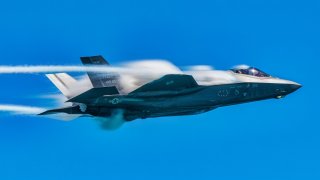Could the F-35 Fighter Program Get 'Terminated'?
The F-35 Lightning II stealth fighter, despite its escalating costs—now projected to exceed $2 trillion over its lifespan—remains an indispensable asset for the U.S. military. Critics of the program have suggested reallocating its budget towards the forthcoming Next Generation Air Dominance fighter, arguing the F-35's cancellation could free up resources.
Summary: The F-35 Lightning II stealth fighter, despite its escalating costs—now projected to exceed $2 trillion over its lifespan—remains an indispensable asset for the U.S. military. Critics of the program have suggested reallocating its budget towards the forthcoming Next Generation Air Dominance fighter, arguing the F-35's cancellation could free up resources. However, such a move could be detrimental given the current global security environment where advanced stealth capabilities are crucial.
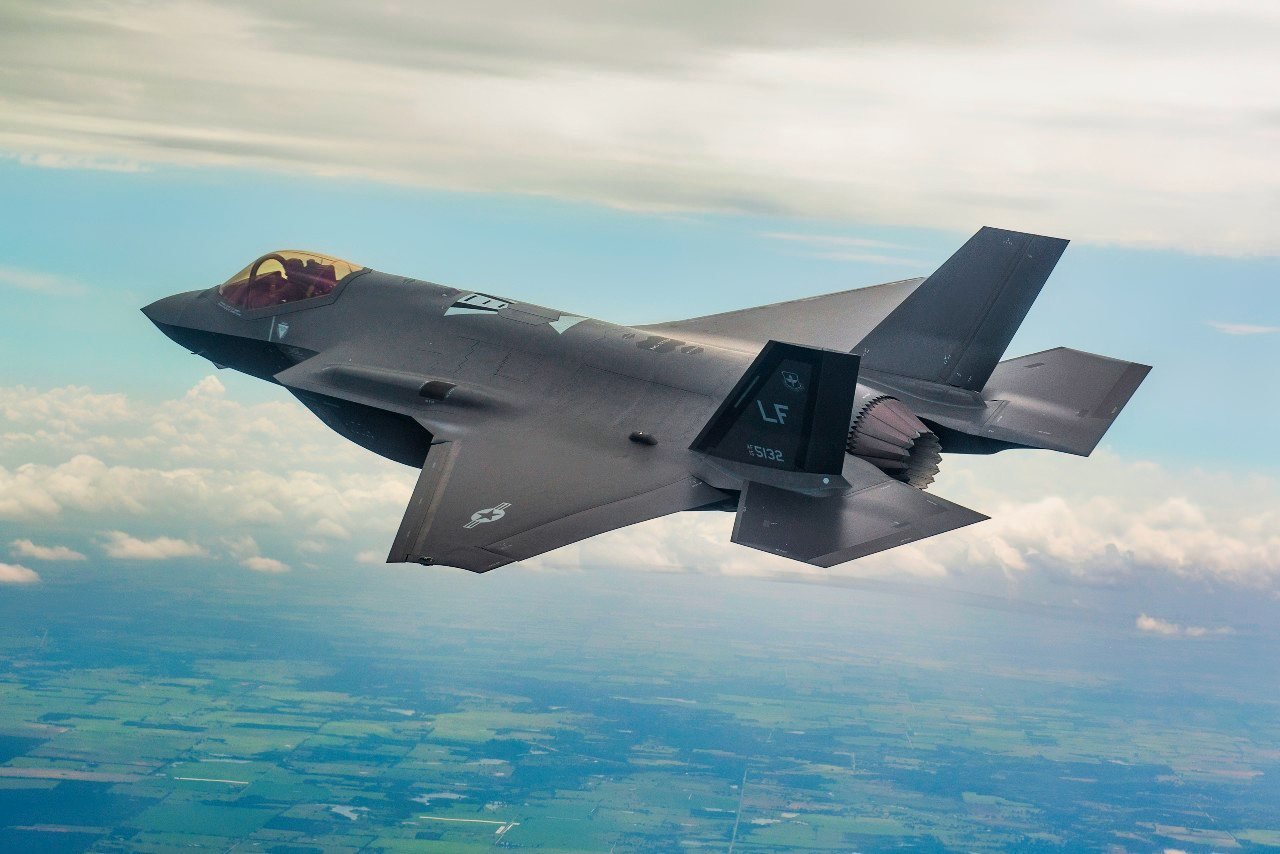
-The F-35 is the only U.S. fighter with the requisite stealth features actively in production, playing a pivotal role in maintaining air superiority amidst rising geopolitical tensions, particularly with China. Its unique variants cater to the specific needs of different military branches, enhancing versatility and operational effectiveness.
-Internationally, the F-35 continues to attract buyers, underlining its global tactical desirability. Abandoning the F-35 program could weaken U.S. military readiness and strategic positioning, potentially benefiting adversaries like Russia and China.
The F-35 Debate: Cost Concerns vs. Strategic Military Necessity
The F-35 Lightning II stealth fighter jet keeps getting more expensive.
According to the Government Accountability Office, the cost of the Lightning II program is now expected to top $2 trillion over its lifespan. This staggering estimate includes a “44% increase from the $1.1 trillion sustainment price tag estimated in 2018 … and about $442 billion in acquisition costs,” as detailed by the watchdog agency.
With these new numbers in mind, some analysts have questioned whether the F-35 platform is worthwhile. The Air Force is already developing the Next Generation Air Dominance fighter, and that platform is expected to enter service sometime in the next decade.
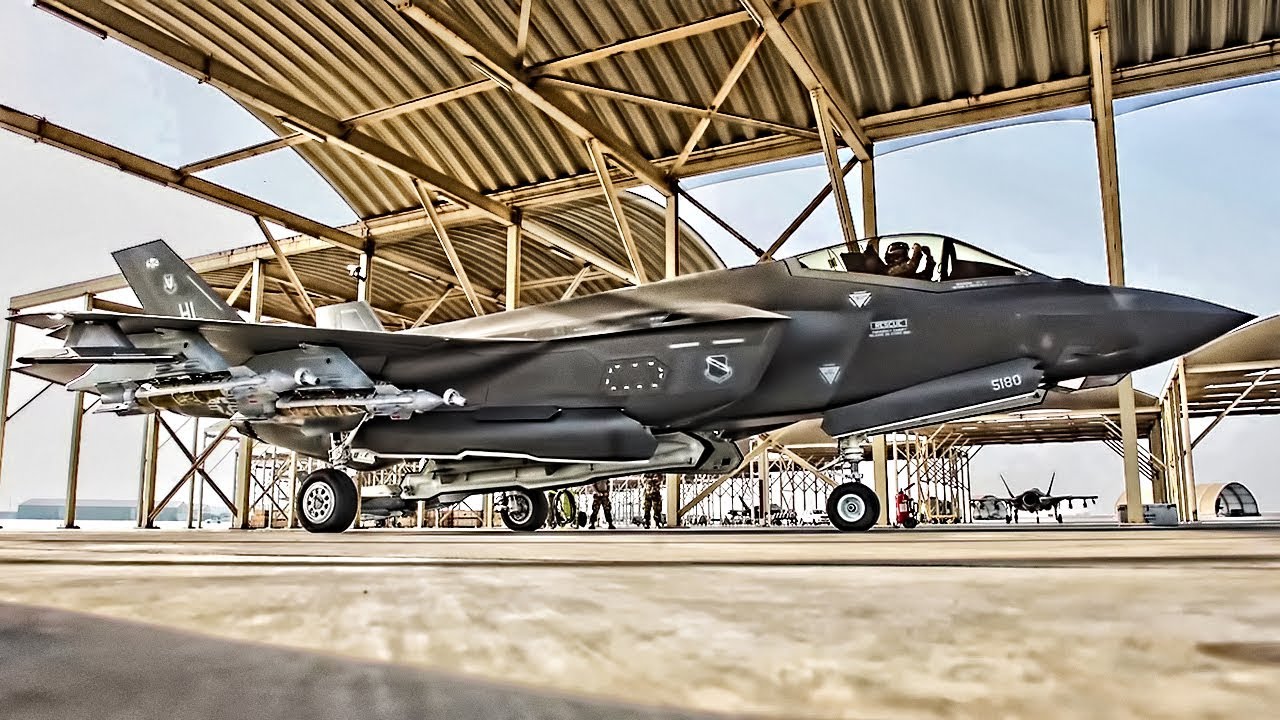
Some argue that nixing the F-35 would free up additional resources for its sixth-generation successor.
The service should not consider such a step. A cancellation of the F-35 would be a massive unforced error.
The U.S. Air Force is already grappling with the consequences of a smaller and aging fighter fleet, even as China steadily catches up in stealth capabilities.
The Lightning II is the only stealthy U.S. fighter in production with the mission attributes required to fly successfully in modern threat environments.
International buyers understand the plane’s prowess and are lining up to procure the fighter.
The F-35 is the spine of the U.S. military, and if it were somehow cancelled it would be disaster of epic proportions.
What Makes the F-35 So Special?
There are three variants of the F-35 Lightning II. The Air Force flies the F-35A, which is the conventional version of the platform, designed to take off from and land on a regular runway. The Marine Corps flies the B variant, which is the Short Take Off and Vertical Landing model. The Navy flies the carrier-capable F-35C, which is designed to operate over water and can carry more fuel than its counterparts.
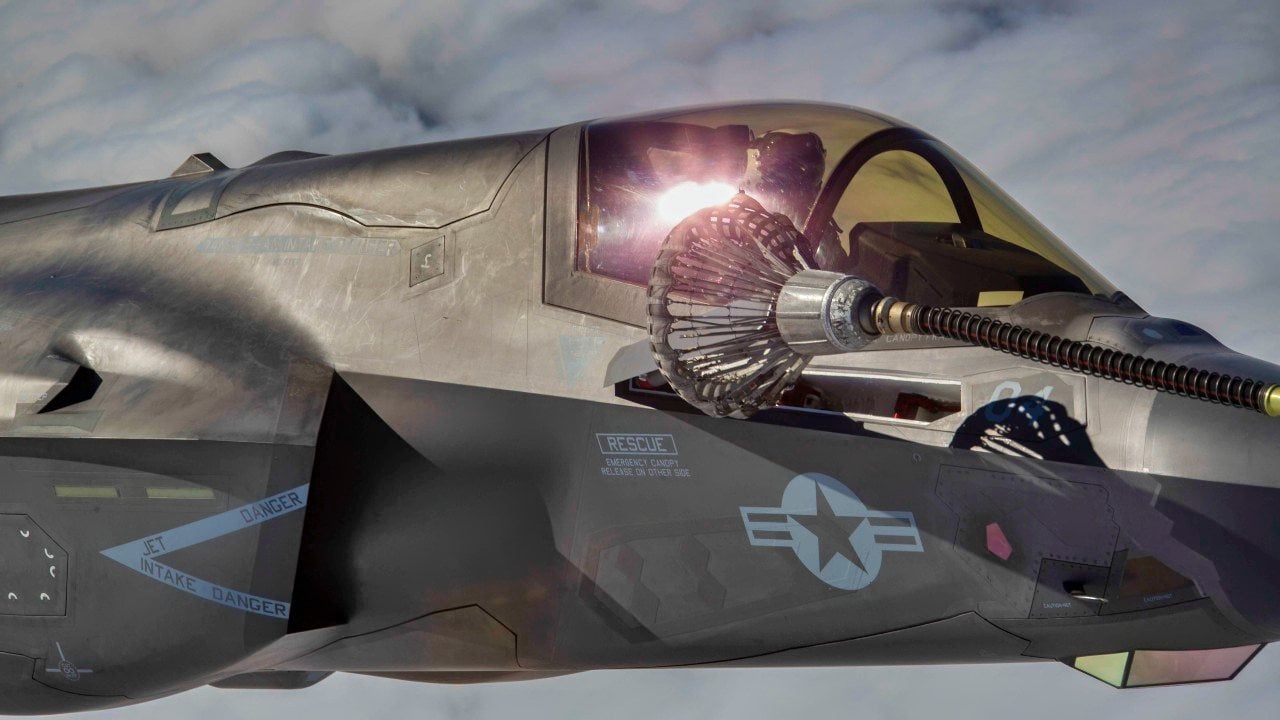
All variants are powered by the Pratt & Whitney F135 engine, which gives the airframes a top speed of Mach 1.6. While the Lightning II is often considered a platform built for stealth, the fighter is more versatile than that. The F-35 can transition into what is known as “beast mode” after air dominance is established. In beast mode, the F-35 is able to carry up to 22,000 pounds of combined internal and external weapons.
The F-35 provides critical capabilities to the Air Force that make its continued production necessary. As tensions between Beijing and Washington continue to escalate, more Lightning IIs, not fewer, should enter service.
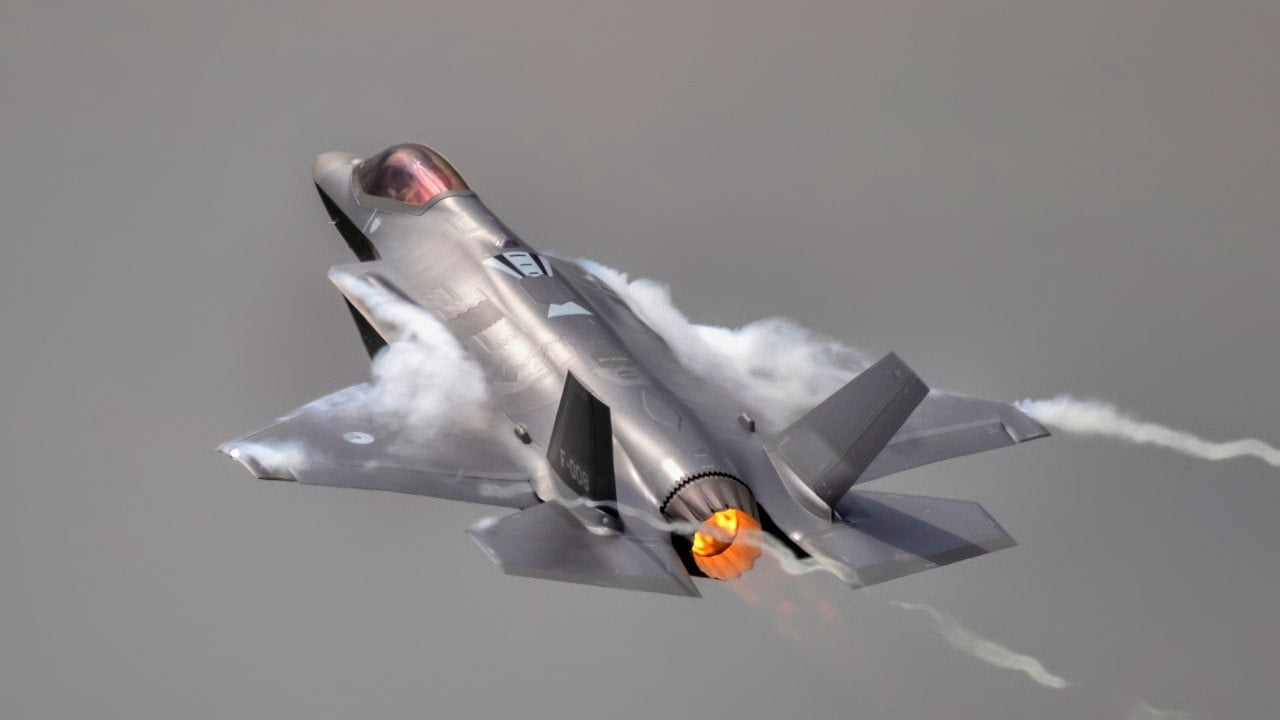
Simply put: cancelling the F-35 would be a disaster that only Russia or China would benefit from.
About the Author
Maya Carlin, National Security Writer with The National Interest, is an analyst with the Center for Security Policy and a former Anna Sobol Levy Fellow at IDC Herzliya in Israel. She has by-lines in many publications, including The National Interest, Jerusalem Post, and Times of Israel. You can follow her on Twitter: @MayaCarlin


